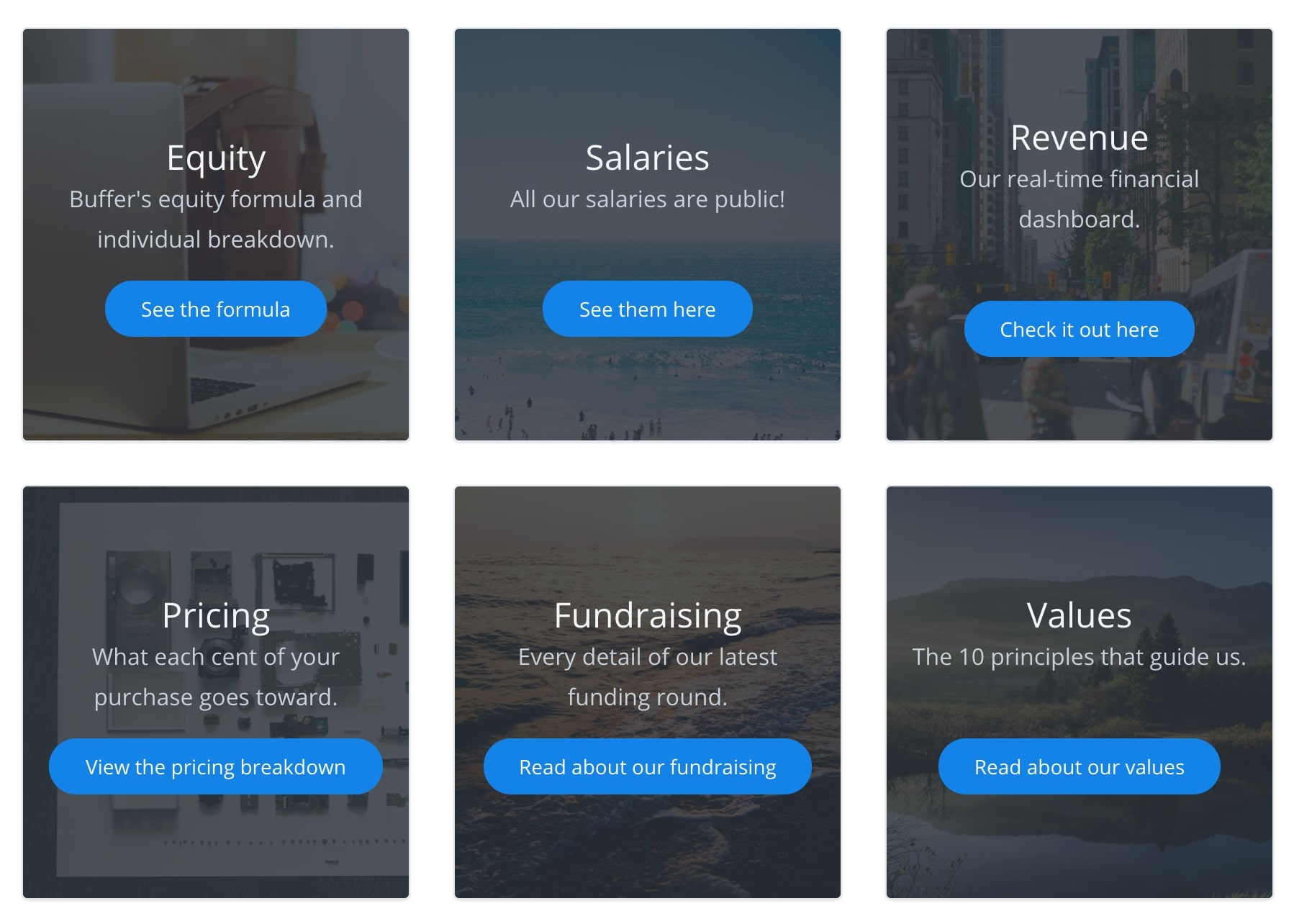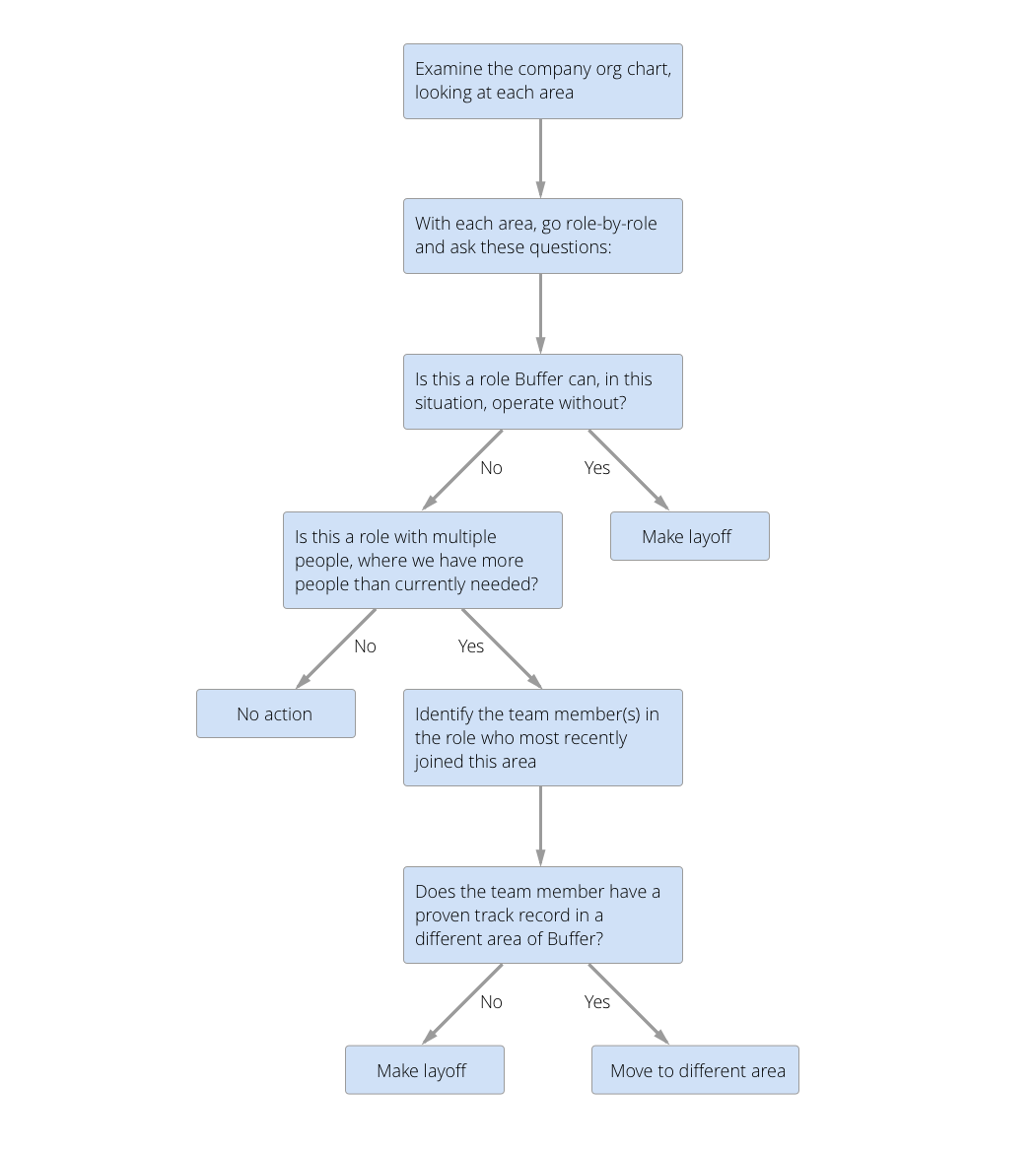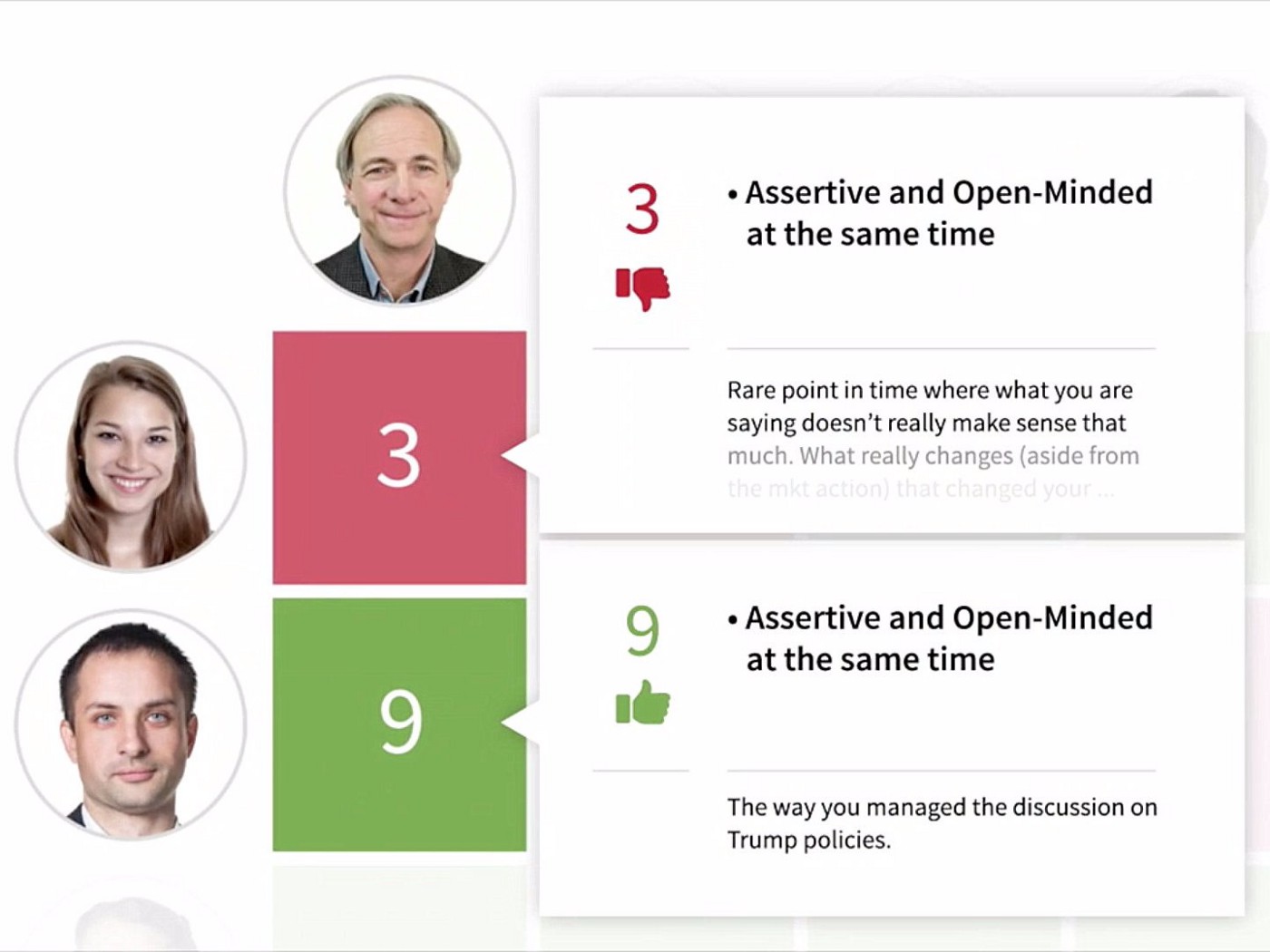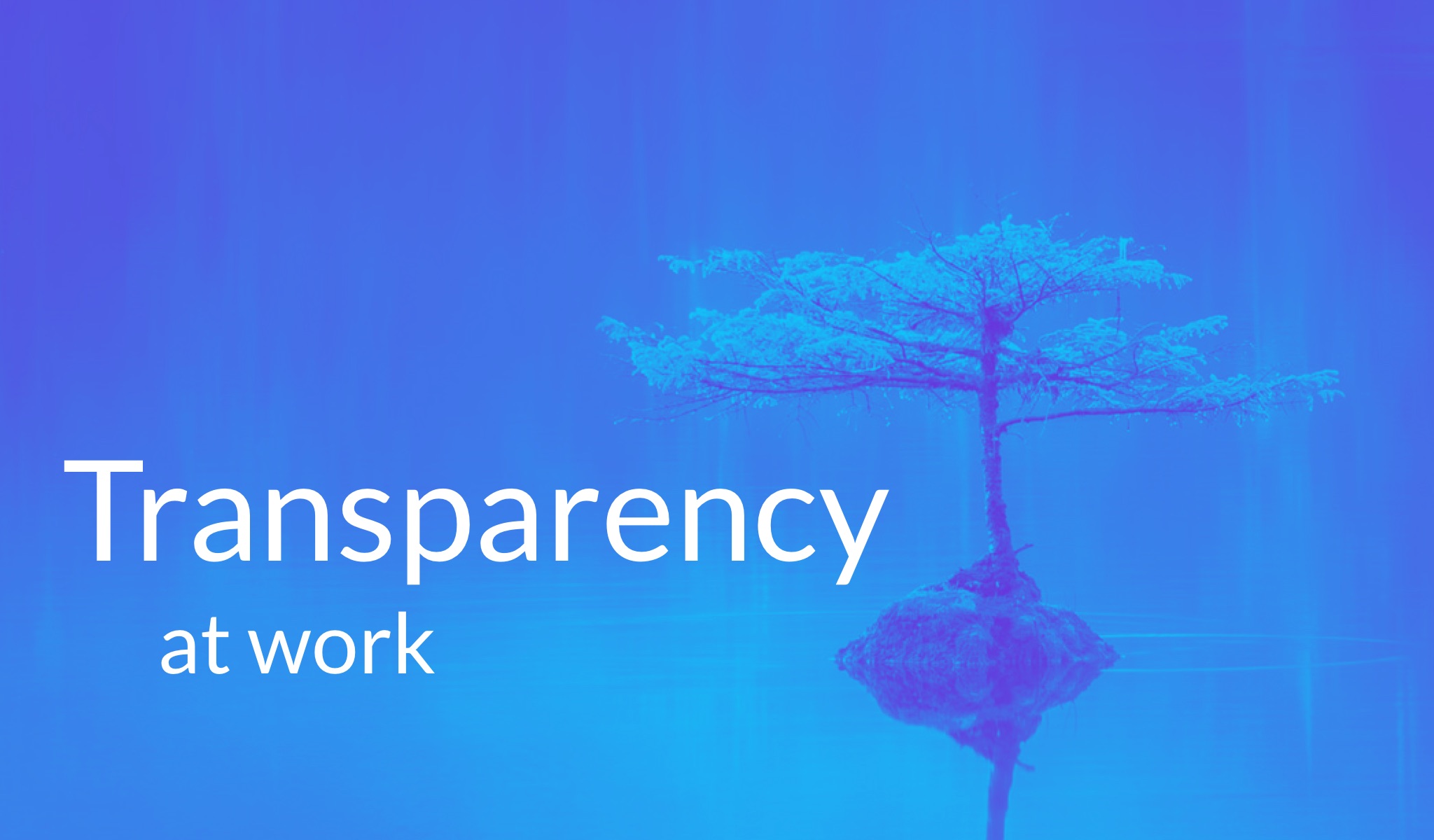Naked at Work: How Radical Transparency Changes the Game
Most of us would agree that transparency is a good thing. Yet somehow, not only did we get used to its absence at work, but most people would even find it borderline “inappropriate”. What is the price we pay, and how can we reclaim it?
How comfortable are you with…
- Sharing publicly your salary information?
- Disclosing everything you said in every meeting?
- Being publicly rated by anybody else in the company?
For most people, this will trigger at least a mild discomfort.
Now think about some typical causes for frustrations at work:
- Decisions that affect you but made without your involvement
- Issues that get covered up to protect egos or incompetence
- Hoarders of knowledge as a source of power
For some reason, we learned to accept them as facts of life in almost any organization.
It doesn’t have to be like that
But what if we challenged the fact that these behaviors are unavoidable? What if we stopped avoiding the uncomfortable? What if we just say “Stop! New rules”?
This is exactly what two visionary leaders of very different companies did, when decided to adopt radical transparency as a foundational principal for their companies:
- Joel Gascoigne — founder and CEO of Buffer, a tech company (130 employees)
- Ray Dalio — founder, CIO of Bridgewater, the world’s largest hedge fund (1500 employees)
What do they benefit from it, what are the challenges they face, and of course — the billion dollar question: will it work for you?
We’ll look into these questions, but first let’s take a look at some examples of how they chose to bake transparency into their cultures:
The “no more secrets” dashboard:
Buffer has a public dashboard that includes information you’ll normally get fired for disclosing in most companies. Contents include:
- Full disclosure on equity
- Salary information (from interns to the CEO)
- Revenues in real time
- Fund raising plans and details

Again — this is public information, not just internally. Within the company you can also read any email ever sent inside the company.
Yep, no need to scan long (and sometimes mistakenly) forwarded email threads to get some juicy, behind the scenes insights.
The logic *behind* the decisions:
Unlimited access to data is one thing, but exposing the thinking process behind the decisions has additional value beyond fairness and inclusion: it teaches people *how to think*.
It models how you would want decisions to be made in all part of the organization.
There is also another benefit from knowing the process will be shared: you’re forced to give it the serious thought it it deserves, and be open for others to question it. In the example below — you can see the difficult choices they had to make when forced to layoff some people.

You don’t see such level of openness into the gut of a company going through such a painful process every day. The full article on that process is a fascinating read.
Dude, did you just left-swipe the CEO?
At Bridgewater, Ray Dalio’s obsession with measurement and prediction accuracy led to the development of an iPad app called “Dots”.
Anyone in the company regularly rate each other across 100+ attributes on a 1–10 scale.

Since every new decision is comprised of different attributes, and every employee demonstrates strengths in different areas — the CEO’s role has no special voting power in any decision he didn’t demonstrate strength in.
Put it simply: an intern with consistently high ratings in a certain topic, can override the CEO’s opinion without causing the slightest confrontation.
This system forces a level of openness and transparency that most people will find at least mildly uncomfortable, but helped Bridgewater consistently up their game. They plan to offer the system as a product for other companies as well.
What’s the impact?
Which ever tools or systems you put to support transparency, there are many benefits worth paying attention to:
Internal Benefits:
- Higher trust: Perhaps the most obvious benefit is how it affects teams and company dynamics. No “sausage making” process behind the scenes immediately raises the level of trust between everyone, even between people that haven’t collaborated in the past.
- Better outcomes: You can work towards a much better outcome when you see the full picture, how it all adds up, all the challenges and constrains.
- Real learning: There is less chance of repeat mistakes as every initiative, process, and decision that proved to be wrong are out in the open. No ego cover ups, just lessons.
- Saving mental energy: It’s easy to overlook how much energy is wasted on guessing what’s going on in other parts of the organization, closed meetings, hidden agendas, coalitions and other forms of power-plays that thrive in the dark. Without darker corners to hide, you can simply focus on getting shit done.
External Benefits:
- Gain wider feedback: Seeking constant improvement requires you to get comfortable with being open to feedback, and the more the better.
- Attract talent: Organically attract the people who would be a good fit for your culture, values, and purpose (instead of investing in creating an artificial, curated image of the company for the world to see)
- Better business partners: similar to talent, working with other businesses that better understand how and why you operate the way you do, makes your company easier to work with, and forge better partnerships.
It’s also good to be mindful of some challenges:
- Investing the time: Consistently disclosing notes from each meeting, communicating decision making processes, closing gaps of knowledge etc, is a time consuming commitment.
- Staying accountable: being held accountable for anything you ever said or did, really forces you to be more thoughtful, and is very likely to take some adjustment period.
- Developing humility: Any unflattering reflection, such as company revenues goes down, or your personal performance is questioned can be testing. It forces a certain humility, accepting reality as it is, and shifting the thinking from defensive to action-oriented.
A deeper “why”
While transparency is a noble value, it is usually not a goal by itself, but serves as means to an end.
In the case of Bridgewater (Ray Dalio), the higher goal is achieving an ultimate meritocracy.
For Buffer (Joel Gascoigne), it is a way to attract and retain like minded people, and a guiding light for leadership.
The difference in inner drive led them to focus on different ways in manifesting transparency, and there’s a lot to learn from both paths.
Will it work for you?
In a recent interview, Ray Dalio (Bridgewater) sums it up nicely:
…at the end, the question is: can you be really honest with each other? Can you accept reality as it is?
These questions may sound simple, but reflecting on how deeply your behaviors and interaction must change for an honest “yes”, is a whole different story.
It takes courage to question the way you have been thinking and working for decades, especially if that turned out pretty well so far.
To commit for growth, at the cost of putting yourself and others in uncomfortable situations.
To hold yourself and others to higher standards.
These are the real tests of leadership.
Start small
Putting on the Radical Transparency hat isn’t for everyone, that’s for sure, but nothing should stop you from taking just a few steps towards more transparency.
How about starting by publishing internally the protocols of all board meetings?
Do you think people will appreciate the inclusion and trust? Does the idea scare/excite you? I hope it does.
Life begins at the end of your comfort zone.
We could all use a little less darkness and little more transparency. Take a step. You know you want to.
See you on the other side?
